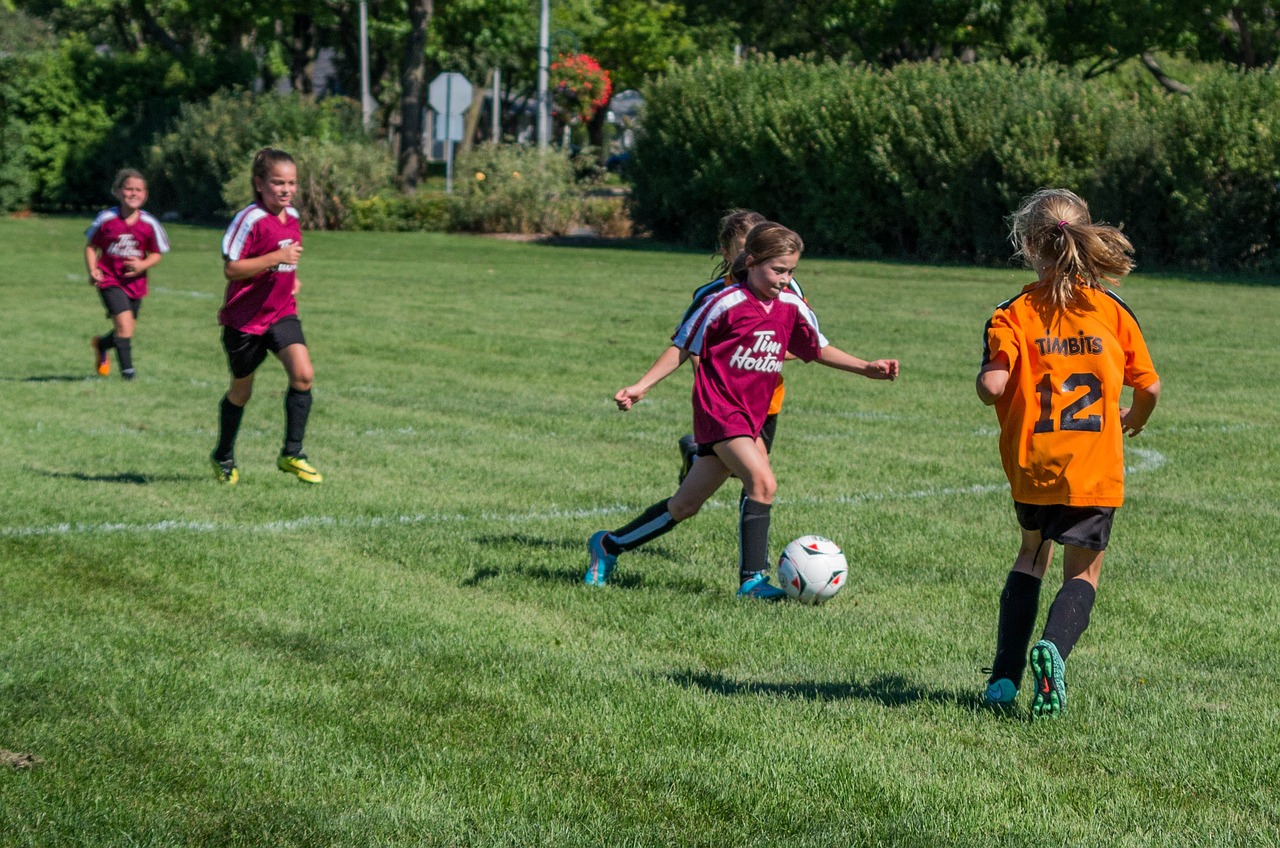Managing a team of young athletes comes with its challenges, especially when there are players whose behavior holds the team back. Addressing these issues early on can help create a stronger, more unified group. Here are some strategies that I’ve found helpful in fostering a positive team environment and handling difficult players.
1. Set the Tone with a Team Talk on Being a Good Teammate
At the start of the season, I talk to the team about what it means to be a good teammate using a simple analogy about people on a boat. The team is the boat. There are three types of people: rowers, those who do nothing, and those who sink the boat. I explain that:
- Rowers help the team move forward. They come to practice on time, give 100%, help their teammates, maintain a positive attitude, and keep trying even when things get tough.
- Those who do nothing may show up on time, but they don’t give much effort or engage fully with the team.
- Sinkers disrupt the team by talking while the coach is talking, not listening to feedback, having a bad attitude, or disrespecting teammates.
I revisit this analogy throughout the season to remind the team of the expectations and to encourage reflection. I’ve even admitted when I haven’t been a good “rower” for them, which helps build trust and accountability.
2. Implement a Rotating Captain System
Early in the season, we talk about leadership and what it means to be a captain. I have the team anonymously nominate three captains, and I choose a fourth. The captaincy rotates every two weeks. Captains are responsible for a variety of things like running warm-ups, doing coin tosses with a player of the choosing during games, selecting teams during practice, and helping maintain focus.
This process encourages independence and responsibility, and sometimes kids are more responsive to peer leadership than to adult authority. The rotating system ensures that different types of leaders—whether vocal, silent, or encouraging—have the opportunity to step up. It is also a great way to build confidence and teach players how to be a good captain.
3. Establish Clear and Age-Appropriate Consequences
Setting clear expectations and consequences from the start is key to managing behavior effectively, but it’s equally important to ensure those consequences are age-appropriate. For younger players, their understanding of team dynamics and discipline may still be developing, so consequences should match their level of maturity.
For example, with younger kids, something as simple as reminding them about the rules and giving them a chance to correct their behavior might be enough. Running laps or doing physical activities like sprints, squats, or core exercises may be more appropriate for older players who understand the expectations but still choose to act out.
At the start of the season, I set expectations, such as asking the team to be quiet when I give a signal. If they don’t respond in time, a consequence follows. By making these consequences clear from the beginning, the team knows what to expect. For more disruptive behavior, sitting a player out or running drills might be necessary, but it’s important to balance discipline with age-appropriate understanding.
In more extreme cases, such as repeated disruptive behavior or unsafe actions, consequences can escalate. In these situations, I might need to reach out to parents or even end practice early. If that happens, I always ensure players remain with me until their parents arrive, ensuring their safety. The key is consistency and making sure the consequences fit the behavior and developmental stage of the player.
4. Communicate with Parents and Keep Records
If a player’s behavior requires consistent discipline, I make it a point to speak with them before or after the next practice. This allows me to address the issue privately and without the pressure of other teammates watching. I also keep a record of each time I’ve spoken with the player, including what the behavior issue was and how we discussed resolving it.
If the behavior continues after one or two discussions, I then reach out to the parents to let them know what’s been happening and what we’ve talked about. This opens a line of communication and helps ensure that we’re all on the same page. The goal is for both the parents and I to work together to reinforce good behavior and address any ongoing issues, creating a consistent message from both home and practice. By involving the parents, I can also gain insights into whether there’s anything happening outside of soccer that may be contributing to the child’s behavior.
5. Seek Advice from Other Coaches and Teachers
Every team is different, and what works for one group may not work for another. It’s helpful to seek advice from other coaches or teachers who have experience with your age group or have dealt with similar challenges. Fellow coaches may have new strategies for managing behavior or drills to better engage players. Teachers, especially those familiar with child development, can offer classroom management techniques that can be adapted for the field.
Collaborating with others provides fresh perspectives and effective approaches to discipline while ensuring your methods are appropriate for the players’ developmental stages. Don’t hesitate to tap into this network to improve how you handle your team and foster a positive environment.
Handling Problem Players with Patience and Consistency
Handling problem players is a challenge for every coach, but by setting clear expectations, enforcing appropriate consequences, and fostering leadership within the team, you can create a positive environment where all players can grow and succeed. The key is consistent communication, both with your players and their parents, and reinforcing the idea that being a good teammate is just as important as individual skills.




